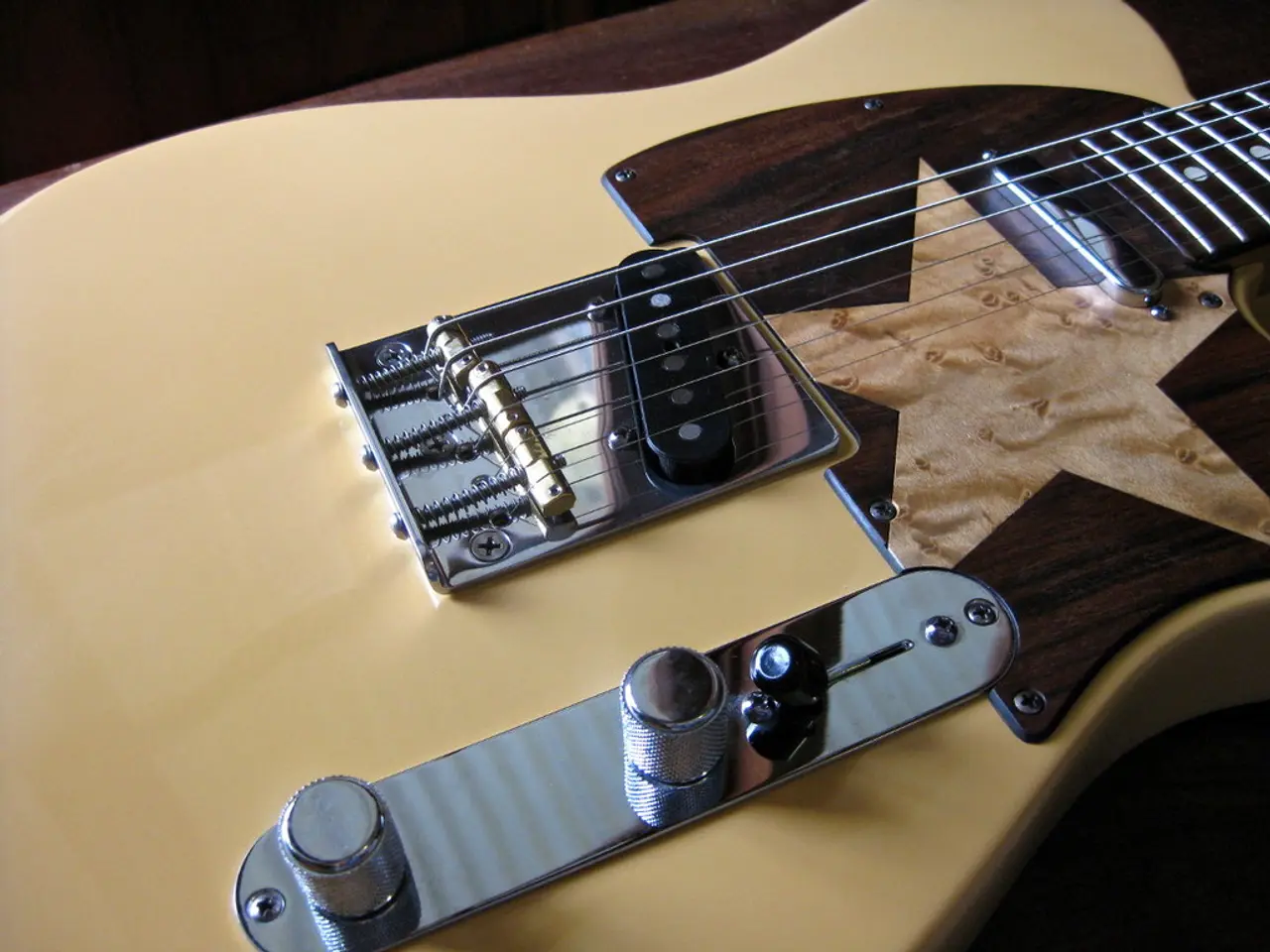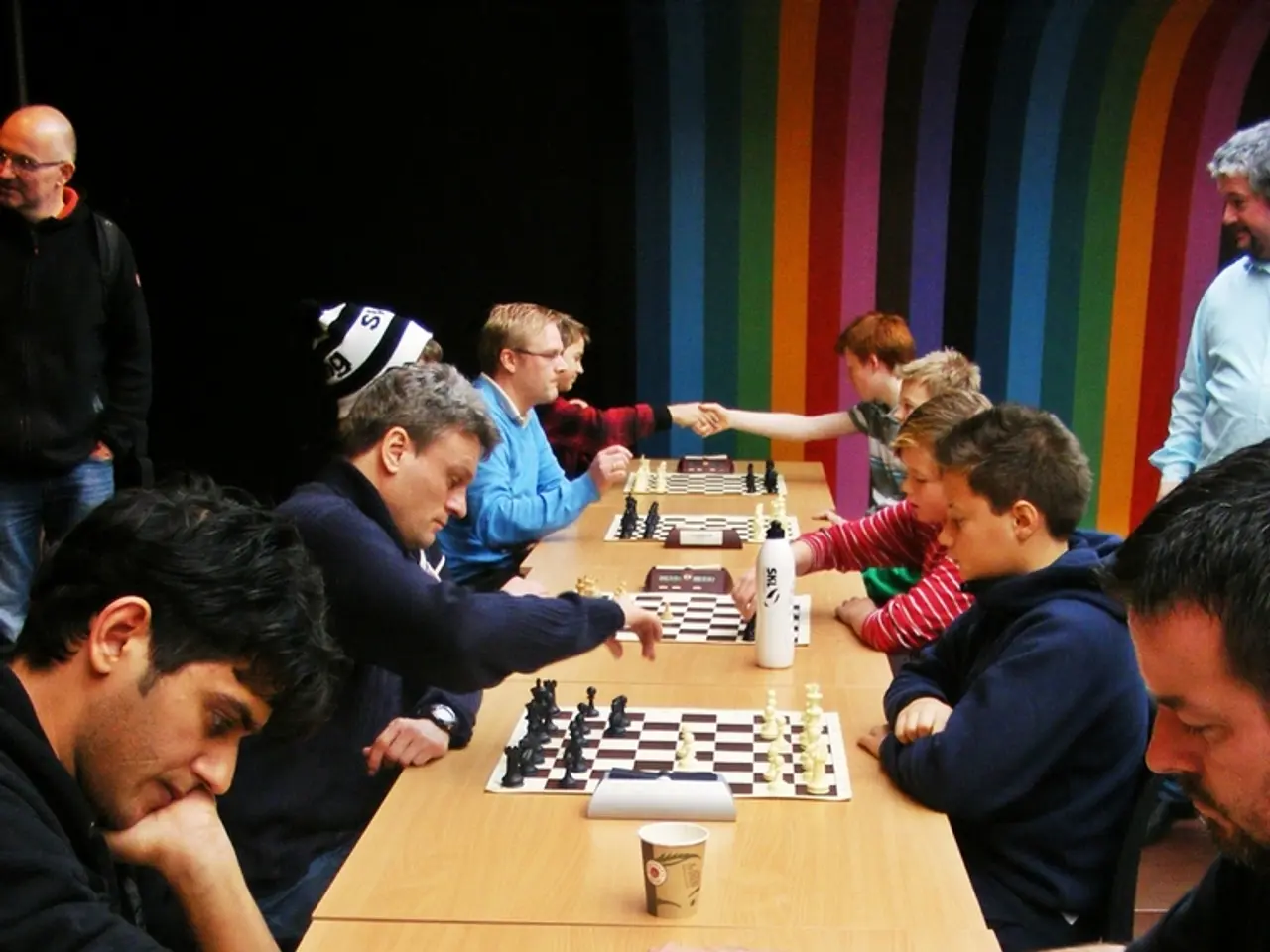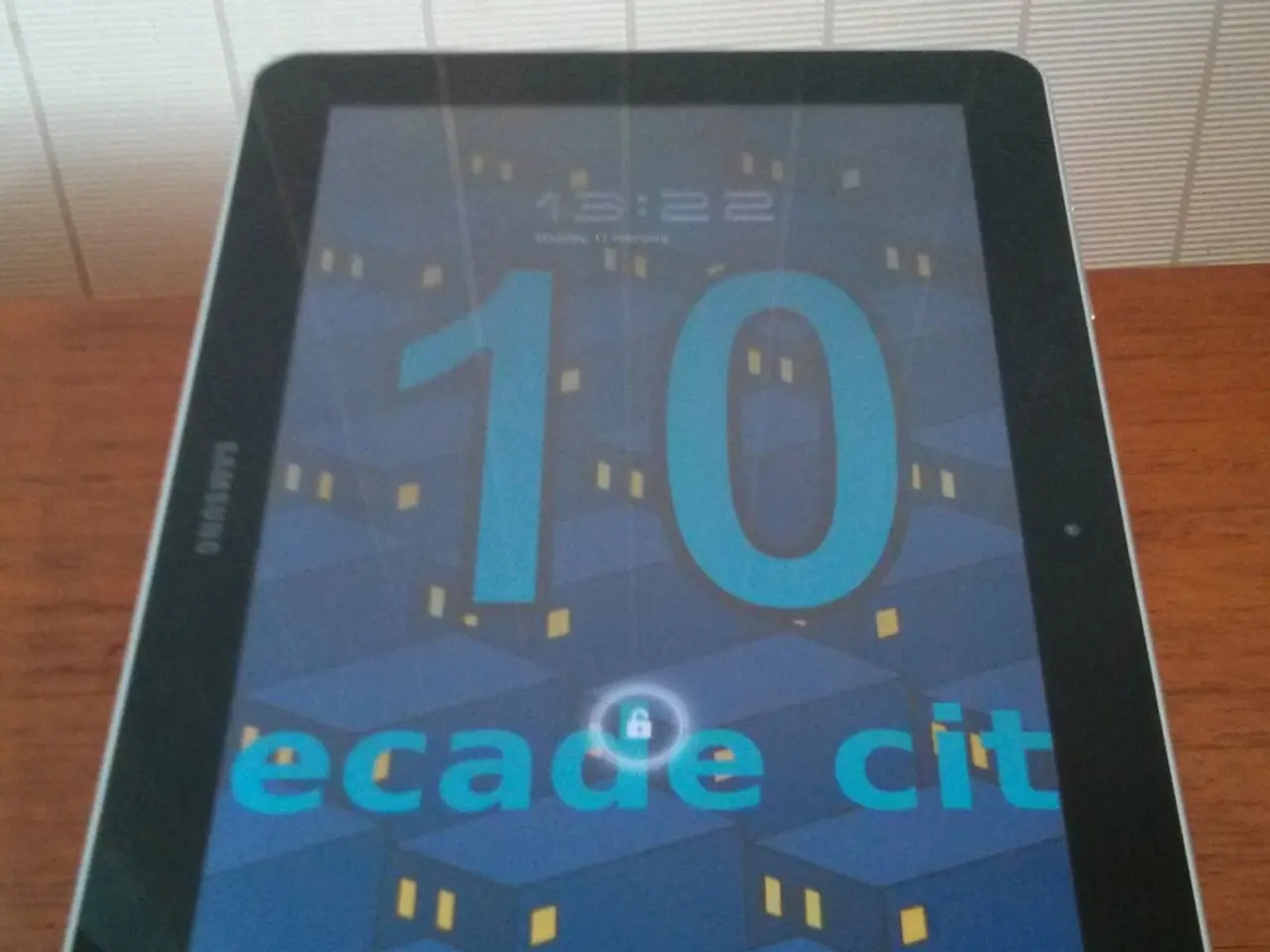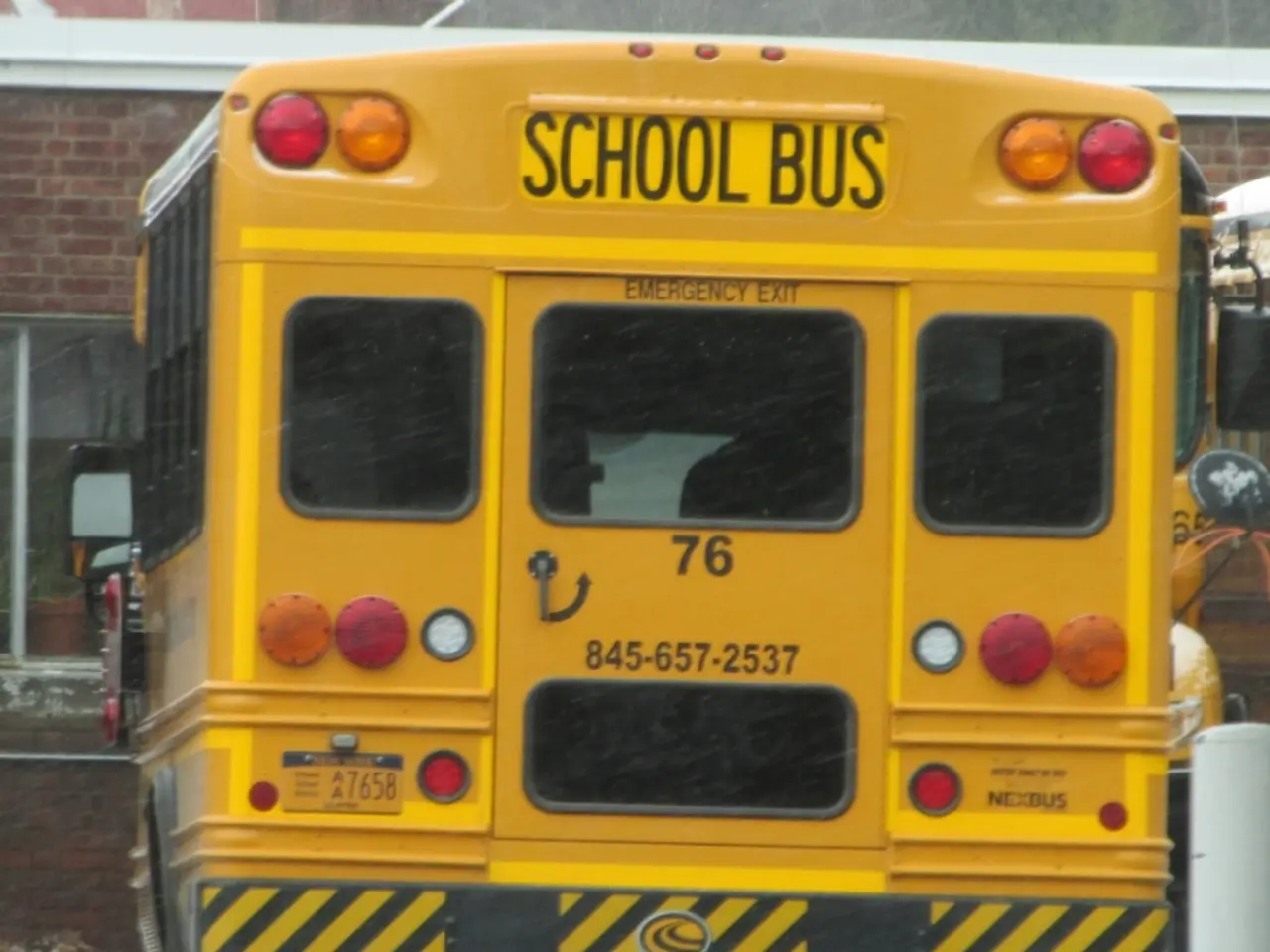Palestinian Music Educator Employs Drone Noises to Instruct School Pupils, as Captured in Chilling Video Footage
In a remarkable display of creativity and resilience, Mohand Al Ashram, a Palestinian singer and Oud player based in Gaza, has been teaching music to children in a unique and unconventional way. His method involves using the sound of Israeli drones, often associated with conflict or surveillance, as a creative educational tool.
The video, captured in Gaza, shows Mohand instructing a group of Palestinian children to wait for the drone sound to change, signalling a shift in time and allowing them to move onto the next note. The video, updated on 15 January 2025, has been shared online, offering a poignant glimpse into the continued pursuit of music and education amidst adversity.
This approach is not isolated in Gaza. Music lessons have been ongoing, with musicians such as Sama Najm also giving music lessons to children in shelters. The video, featuring these heartbreaking scenes, serves as a testament to the power of music to transcend despair and continue to be played on both sides of the conflict.
Mohand's innovative use of drone sounds in music lessons is a fascinating example of blending modern technology with traditional music education. It aligns with global creative trends where unconventional or environment-driven sounds serve as learning tools, empowering students to engage with their realities while exploring music innovatively.
Similar instances can be found around the world. For example, educators have used sounds from bustling cities as raw material for rhythm and composition lessons, helping students connect their environment to musical creativity. Some have even sonified non-musical data, converting it into sound, to help students understand scientific data and music theory simultaneously.
Incorporating nature sounds and environmental audio is another approach, with music educators using recordings of natural environments to teach concepts like pitch, rhythm, and dynamics. This method also raises environmental awareness while providing unique soundscapes for composition.
Drones have also been used for artistic purposes beyond surveillance. Some artists have experimented with drones equipped with speakers or instruments to perform or record music in open spaces. Drone light shows synchronized with music, or drones capturing unique soundscapes from perspectives impossible on foot, are examples of this.
Artists from conflict zones have also transformed sounds of war—gunfire, explosions, sirens—into musical elements that express resilience and storytelling. Music lessons or projects in such contexts may incorporate these elements to channel trauma into creativity and cultural expression.
Digital and electronic music education using found sounds is another trend. Students learn how to manipulate everyday sounds and noises digitally to understand composition, sound design, and music production.
In conclusion, Mohand Al Ashram's method stands out by repurposing drone sounds, typically symbols of violence or oppression, into an educational and interpretive musical resource. This aligns with global creative trends where unconventional or environment-driven sounds serve as learning tools, empowering students to engage with their realities while exploring music innovatively. These approaches often aim to inspire creativity, provide emotional catharsis, and deepen cultural awareness through sound.
- Mohand Al Ashram's innovative method of using drone sounds in music lessons aligns with a global trend in education and self-development, where unconventional or environment-driven sounds serve as creative learning tools, fostering engagement with reality and innovative exploration of music.
- Incorporating sounds from conflict zones, such as gunfire and explosions, into music lessons or projects in certain contexts offers a means of channelling trauma into creativity, fostering cultural expression, and promoting self-development.




